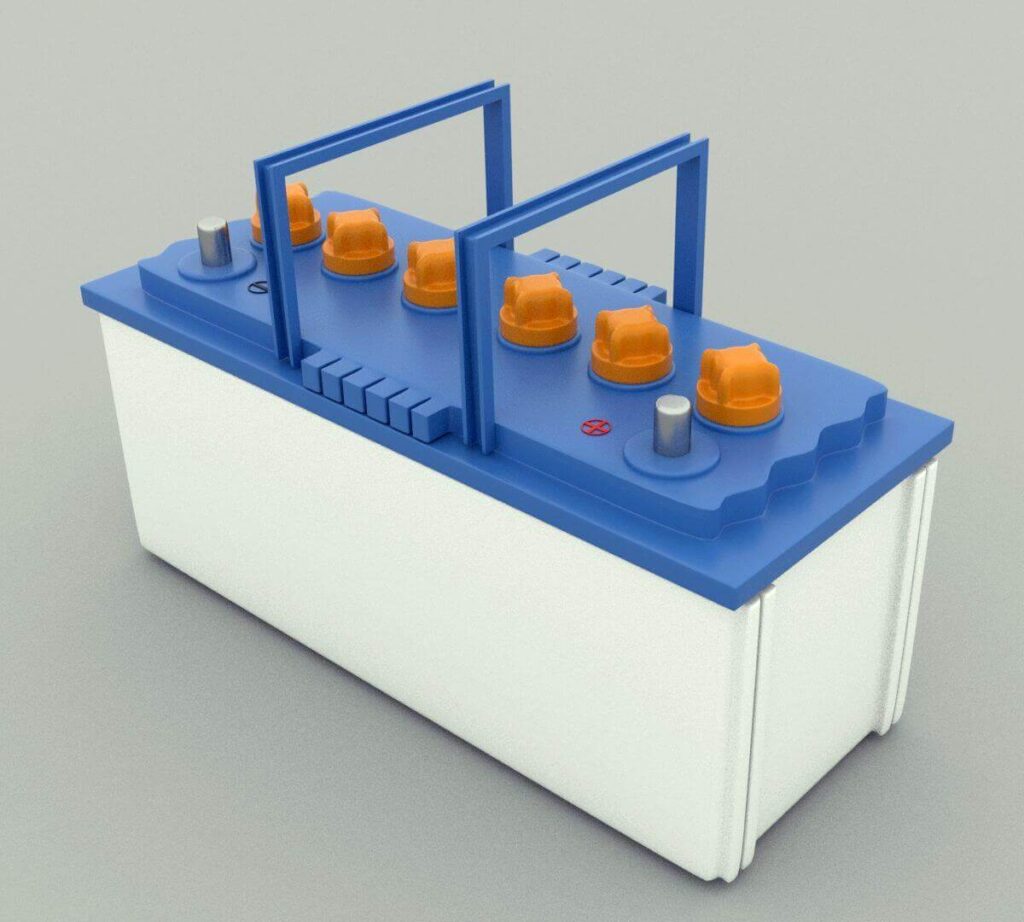Batteries undergo a series of chemical and physical changes as they age, which can affect their performance. Here are some common reactions that occur as batteries age.
- Self-Discharge: All batteries, regardless of type, experience self-discharge over time. This is when a battery loses its charge even when not in use. The rate of self-discharge varies depending on the type of battery.
- Sulfation: This is a common issue in lead-acid batteries. It occurs when sulfate crystals form on the battery plates, reducing the battery’s ability to hold a charge. Sulfation is more likely to occur if the battery is left in a discharged state for an extended period.
- Corrosion: Corrosion can occur on the battery terminals, leading to poor electrical connections. This can cause the battery to lose its charge more quickly and can also damage the battery.
- Plating: This occurs when metal ions from the electrolyte plate out onto the electrodes, reducing the battery’s capacity. Plating is more likely to occur if the battery is overcharged.
- Electrolyte Depletion: Over time, the electrolyte in a battery can become depleted, reducing the battery’s ability to hold a charge. This is more likely to occur in flooded lead-acid batteries.
- Internal Resistance: As a battery ages, its internal resistance can increase, which reduces its ability to deliver power. This can cause the battery to lose its charge more quickly and can also cause it to heat up more during use.
- Capacity Loss: As a battery ages, its capacity can decrease, meaning it can hold less charge. This is a natural part of a battery’s lifecycle and is more pronounced in some types of batteries than others.
- Dendrite Formation: This occurs in lithium-ion batteries when lithium ions form tiny, needle-like structures called dendrites. These can short-circuit the battery, leading to a loss of capacity and potentially causing the battery to catch fire or explode.
- Thermal Runaway: This is a rare but serious issue that can occur in lithium-ion batteries. It happens when the battery overheats and the chemical reactions inside the battery become uncontrollable. This can cause the battery to catch fire or explode.
- Memory Effect: This is a phenomenon that can occur in some types of rechargeable batteries, such as nickel-cadmium batteries. It happens when the battery is repeatedly only partially discharged before being recharged, causing it to “remember” the smaller capacity and reducing its overall capacity.
It’s important to note that not all batteries will experience all of these reactions, and the rate at which they occur can vary depending on factors such as the type of battery, how it is used, and how it is maintained.


